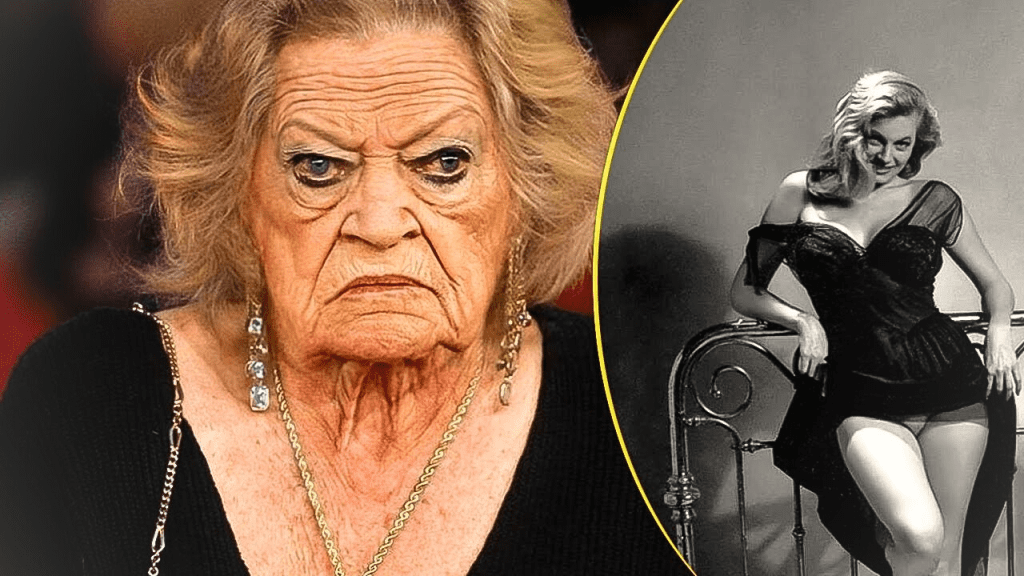
Anita Ekberg, born Kerstin Anita Marianne Ekberg on September 29, 1931, in Malmö, Sweden, was destined to become one of the most recognizable and iconic faces of 20th-century cinema. With a towering presence, hypnotic blue eyes, and classic Hollywood glamour, she captivated audiences and left an enduring legacy that defined an era.
Raised in a modest family as the sixth of eight children, Anita’s early life was far from the red carpets of Rome or the studios of Hollywood. But even as a teenager, her striking looks stood out. She began modeling in her late teens, which led to a life-changing moment: being crowned Miss Sweden in 1950. That victory earned her a ticket to the United States to compete in the Miss Universe pageant—where, although she didn’t win the title, she captured the attention of Universal Pictures.
Video: Anita Ekberg In Past 😱
Universal saw in Ekberg not just a beauty queen, but a marketable movie star. She was offered a contract and began her journey in the entertainment capital of the world. Initially limited by her Swedish accent and limited English skills, she was cast in supporting roles. But it didn’t take long for her larger-than-life persona and on-screen magnetism to make waves.
In the 1950s, she appeared in films such as “Abbott and Costello Go to Mars” (1953) and “Blood Alley” (1955), which helped build her American fanbase. Her roles often emphasized her statuesque beauty, but Anita was more than a pretty face—she brought intensity, humor, and an unmistakable aura to the screen.

Anita Ekberg’s most defining moment came in 1960 with the release of Federico Fellini’s masterpiece “La Dolce Vita.” In it, she played Sylvia, a glamorous movie star in Rome, opposite Marcello Mastroianni. The film’s most unforgettable scene—Anita stepping into the Trevi Fountain in a flowing black dress, arms open as water rushed around her—became one of the most iconic moments in cinema history.
That scene didn’t just define the film—it immortalized Ekberg. From that moment on, she was no longer just an actress; she was a symbol of cinematic elegance and European sensuality. “La Dolce Vita” elevated her to global stardom, and she became forever linked to the golden age of Italian cinema.
Though she began her career in Hollywood, it was Italy where Anita truly found her second home. After La Dolce Vita, she continued working primarily in European cinema, starring in films like “Boccaccio ’70” (1962), “The Alphabet Murders” (1965), and “The Cobra” (1967). Directors appreciated her willingness to embrace bold roles, and her performances often blurred the lines between actress and icon.
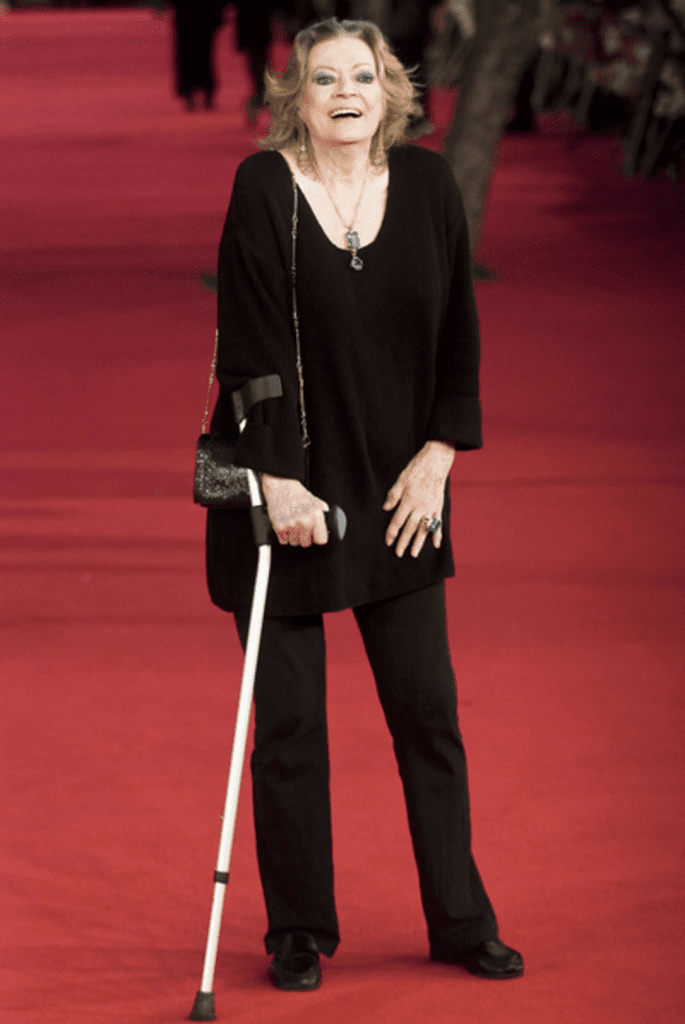
Rome became more than just a location—it became her sanctuary. She embraced Italian culture, language, and lifestyle, and became a regular in the paparazzi columns of European tabloids. Her off-screen persona was as electric as her on-screen image: she was known for her wit, unpredictable temper, and commanding presence at social events.
Anita Ekberg’s personal life was as talked about as her career. She had several high-profile romances, including rumored relationships with Hollywood stars and European royalty. She was married to British actor Anthony Steel from 1956 to 1959, a union that received intense media coverage but ultimately ended in divorce.
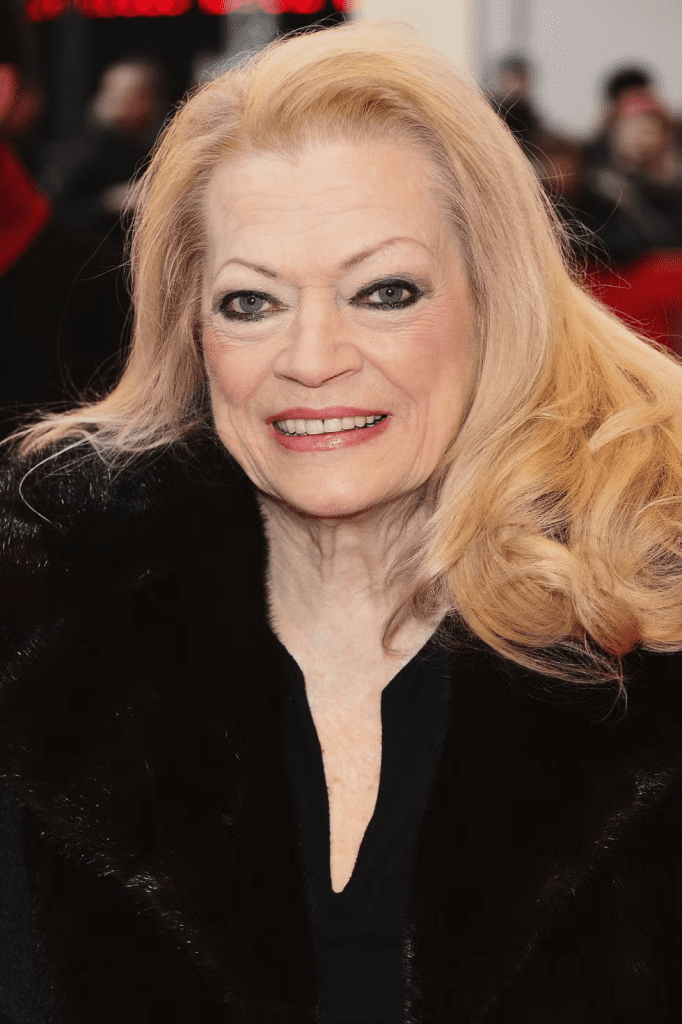
She remained fiercely independent throughout her life and often spoke candidly about fame, love, and aging. Despite her image as a screen siren, she rejected the idea of being typecast or defined solely by beauty. In interviews, she often reflected on the fleeting nature of fame and the difficulty of sustaining a career once you’ve been immortalized for a single role.
As the decades passed, Anita gradually stepped away from the film industry. While the roles became fewer, she never lost her connection to cinema or her fans. She made occasional television appearances and gave interviews that shed light on the highs and lows of life in the spotlight.
Video: La Dolce Vita – Anita Ekberg et Marcello Mastroianni La fontaine de Trevi (Rome)
In her later years, she lived in seclusion in Rocca di Papa, a small town near Rome. Financial difficulties plagued her final decade, and she suffered several health issues, including a series of falls that left her hospitalized. But even as she faced these challenges, her spirit remained strong.
Ekberg never had children, and as her health declined, she expressed disappointment at how the industry and certain figures had forgotten her. Yet she also found solace in solitude and in the legacy she had built—knowing that her place in film history was secure.
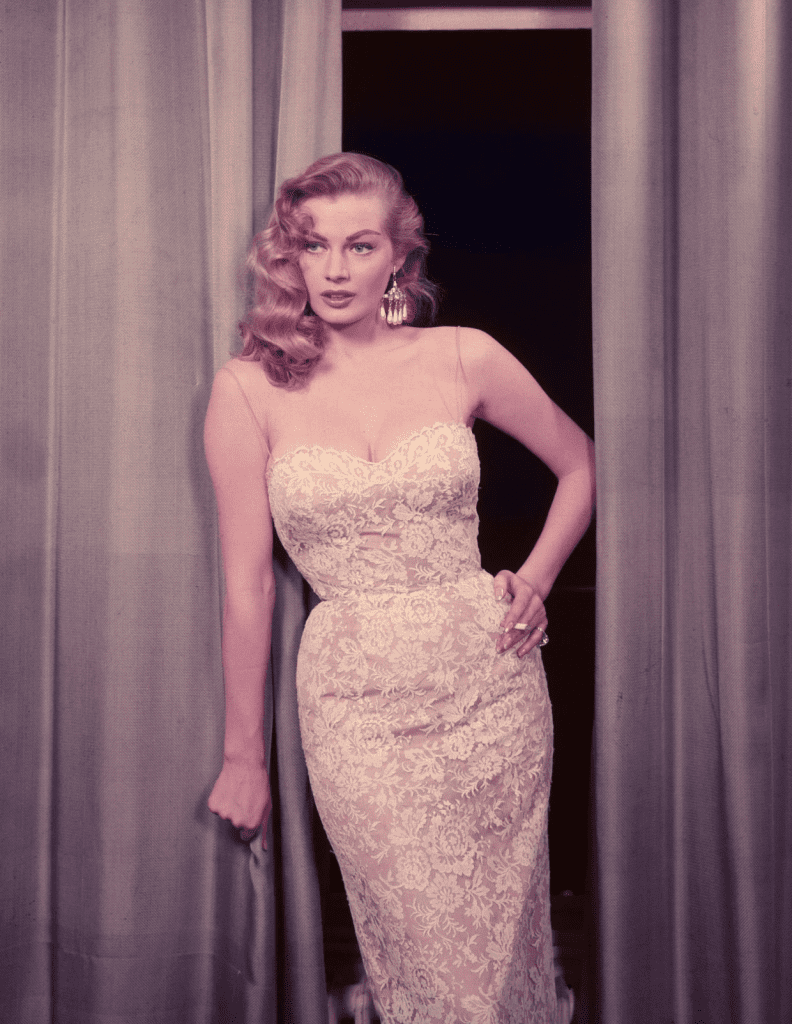
Anita Ekberg passed away on January 11, 2015, at the age of 83. Her death marked the end of an era—the final curtain on a life that was as dramatic and dazzling as any of her film roles.
She left behind a legacy that extends far beyond her beauty. She was an icon of the screen, yes, but also a symbol of resilience, individuality, and timeless glamour. For generations of fans and filmmakers, her role in La Dolce Vita remains a gold standard of visual poetry, and her impact on global cinema endures to this day.
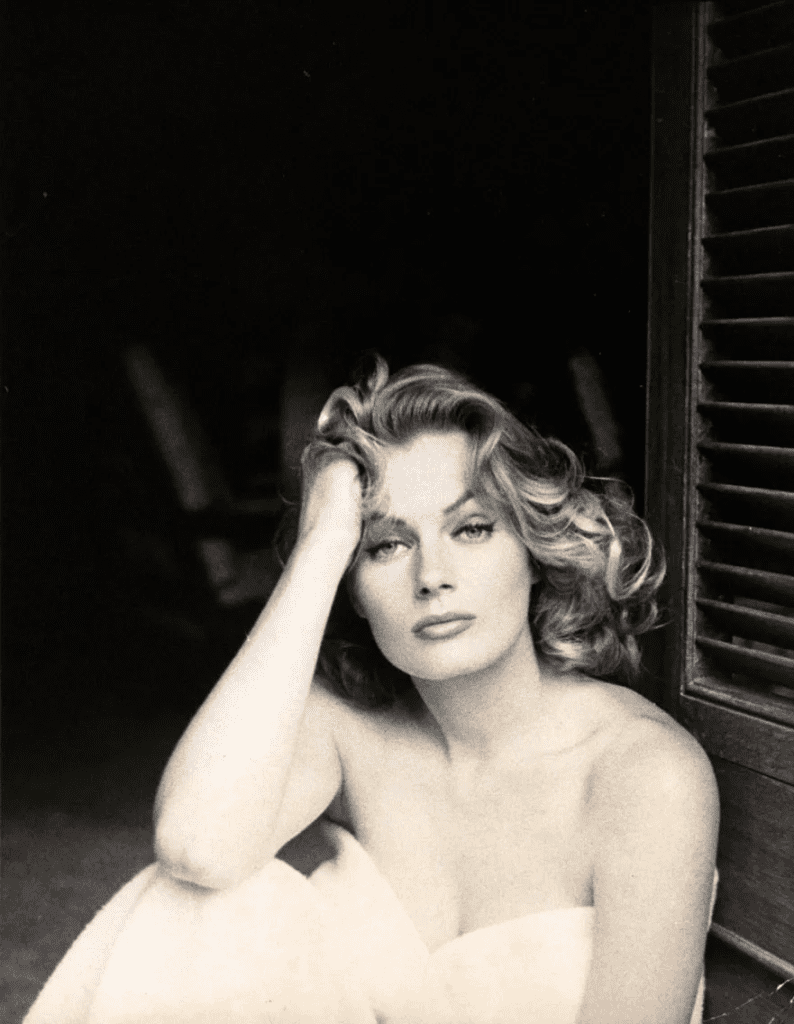
Even years after her passing, Anita Ekberg’s influence lingers. Her Trevi Fountain scene is still referenced in film schools, fashion campaigns, and art exhibits. Her unapologetic approach to life continues to inspire women in the entertainment industry to own their image, speak their truth, and live without regret.

In a time when celebrities often come and go, Anita remains unforgettable. Her life was filled with peaks and valleys, but her artistry, strength, and beauty remain carved into the soul of cinema. From a small town in Sweden to the heart of Italian film culture, her journey was as remarkable as the roles she played.


